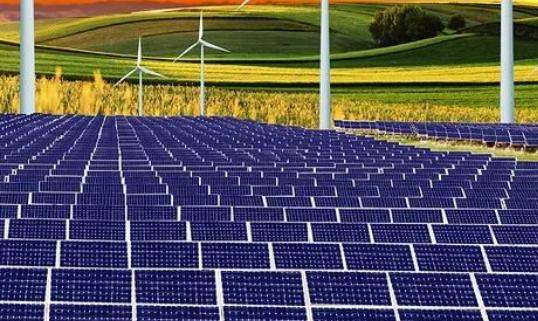Chemical energy of fuel → Thermal energy of steam → Mechanical energy → Electrical energy, in simple terms, uses fuel to generate heat, heats water and forms superheated steam at high temperature and high pressure to drive the rotation of the gas turbine, drive the rotation of the generator rotor (electromagnetic field) and the stator coil. Cut off the magnetic field lines to emit electrical energy, then use the step-up transformer to increase the system voltage, connect it to the grid and transmit the electrical energy outward.
Then the steam enters the steam turbine along the pipe and continuously expands to do the work. It impacts the rotor of the steam turbine and rotates at high speed. The steam turbine drives the generator to produce electricity. Finally, it is further amplified by the water supply pump and returneded to the boiler to repeat the cycle process above. The electricity generated by the generator is amplified by the transformer and then injected into the electrical network. There are three types of energy conversion processes in thermal power generation:














